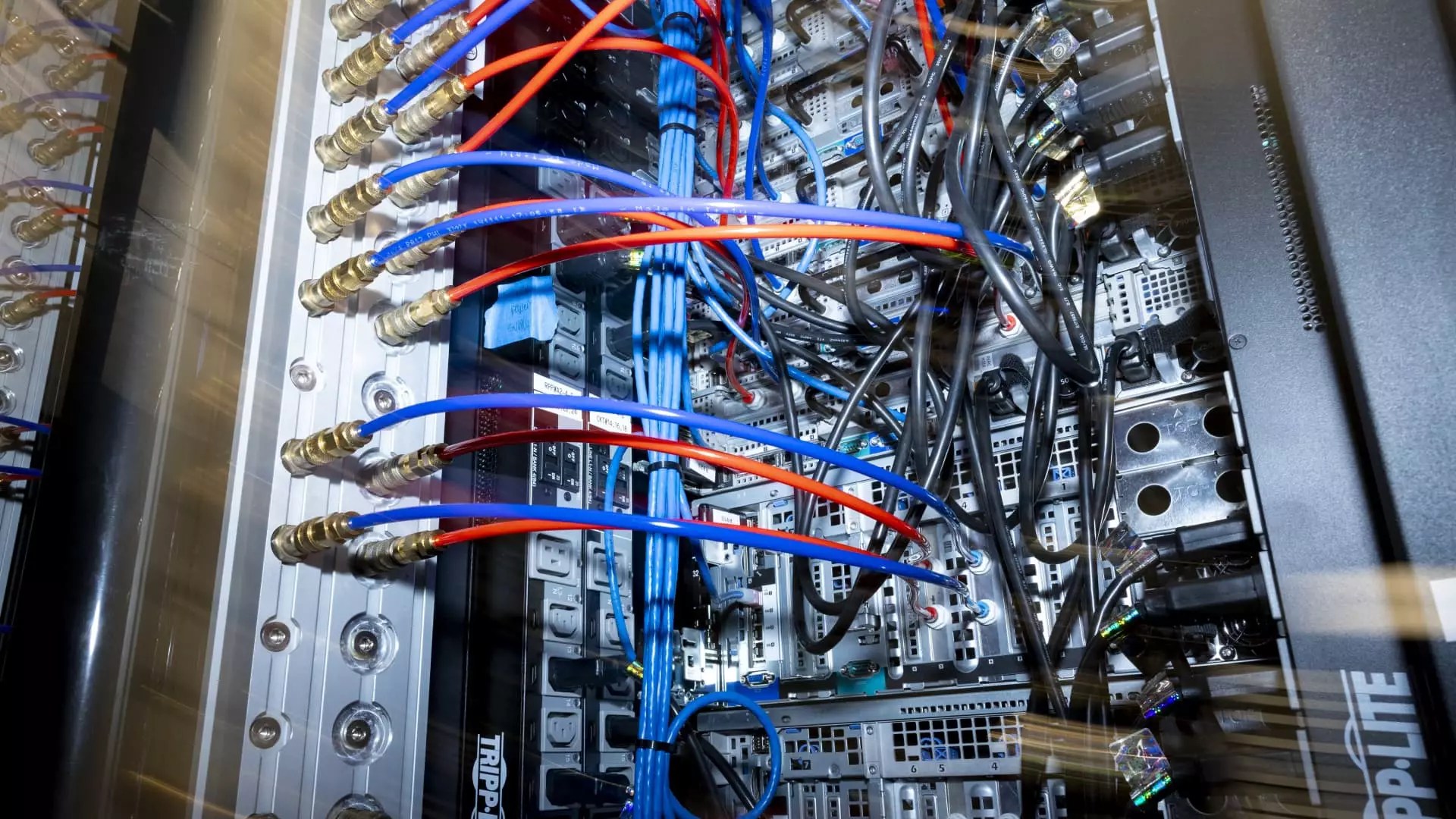As tensions between the United States and China continue to shape economic and geopolitical landscapes, the Biden administration is nearing completion on a set of regulations designed to limit U.S. investments in sensitive technologies within China. The announcement comes as part of ongoing efforts to enhance national security while responding to concerns regarding China’s military capabilities and technological advancements.
The forthcoming regulations, as reported by government sources, will compel the U.S. Treasury Department to implement a notification system for outbound investments that focus on sensitive areas such as artificial intelligence (AI), semiconductors, microelectronics, and quantum computing. These sectors are critical as they hold the potential for dual-use applications, meaning that technologies developed for civilian purposes can also be repurposed for military enhancements. By targeting these areas, the administration aims to restrict potential advancements in China’s military capabilities that could arise from U.S. investments.
The anticipated regulations are expected to emerge in the coming week. This time frame aligns with an internal urgency, potentially driven by the upcoming presidential election on November 5, as former Treasury officials speculate that there may be a race to formalize these rules before the polls open.
The roots of these regulations can be traced back to a series of broader export controls enacted in October 2022. These controls marked a significant shift in U.S. policy regarding technological exports to China, particularly in the realm of AI-related semiconductor technologies. By placing heavy tariffs on certain Chinese imports and limiting access to advanced technologies, the U.S. intends to place a lid on China’s rapid technological growth, particularly in military contexts.
There is a growing recognition among U.S. officials and security experts that the technological competition with China extends well beyond traditional military confrontations, touching upon the realm of cyber warfare, intelligence gathering, and surveillance capabilities. The Treasury Department’s notification underlines the potential risks posed by technologies when developed by states identified as security threats, particularly the People’s Republic of China (PRC).
In an effort to refine the regulatory framework, the U.S. Treasury has invited input from citizens and businesses. This outreach is crucial, as it seeks to balance national security interests with the operational realities faced by companies that often rely on global supply chains and international investment opportunities. However, the need for heightened regulation creates a tension between innovation, economic growth, and safeguarding national interests.
As these new regulations loom, stakeholders across various sectors will need to navigate the complexities of compliance alongside potential market disruptions that could arise from limited investment channels. As the U.S. pivots towards an increasingly cautious stance on China, the impact of these regulations reaches far into the economic and technological relationships that have defined global markets in recent decades.
The anticipated regulations on U.S. investments into sensitive technologies in China signify a pivotal moment in the ongoing economic competition between the two global superpowers. As the framework is finalized, it will mark a deliberate effort by the U.S. government to ensure that domestic advancements do not inadvertently bolster the military evolution of a strategic adversary. This balancing act raises questions about future cooperation, economic vitality, and technological innovation as both nations navigate a complicated landscape of rivalry and interdependence.


Leave a Reply